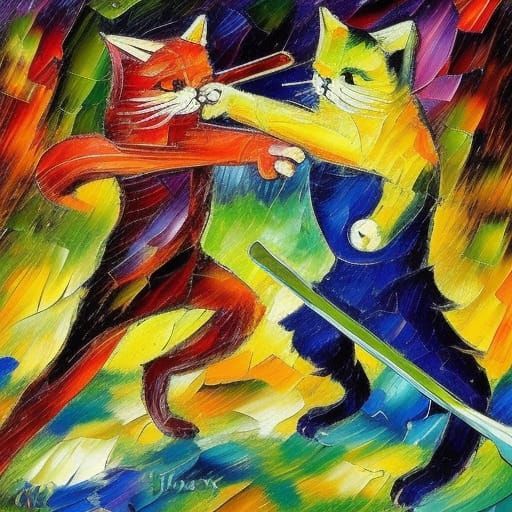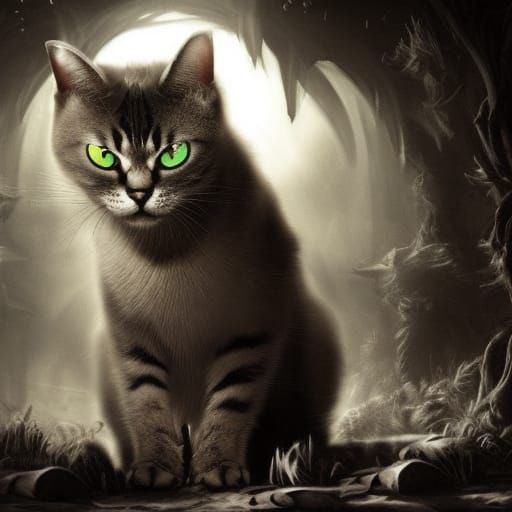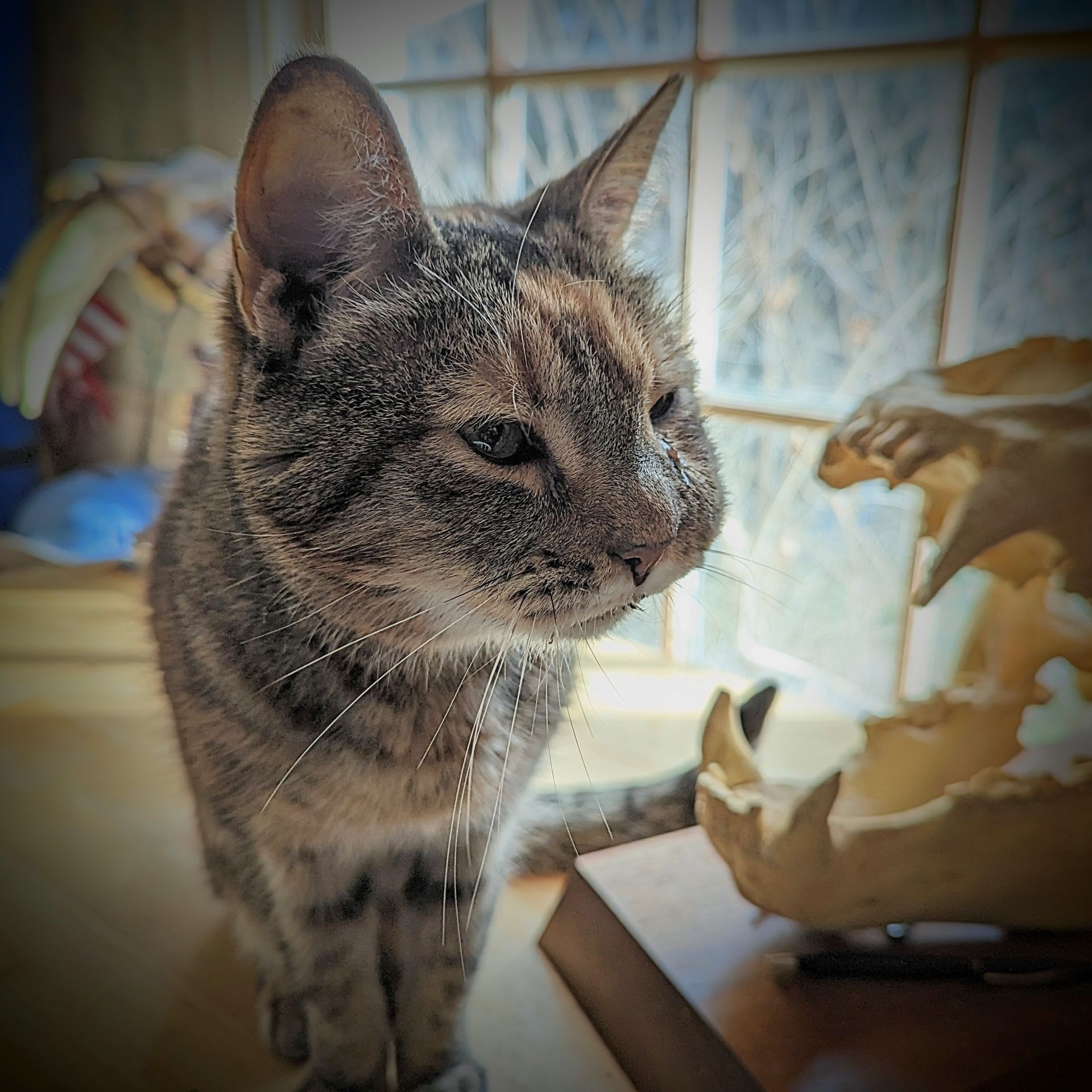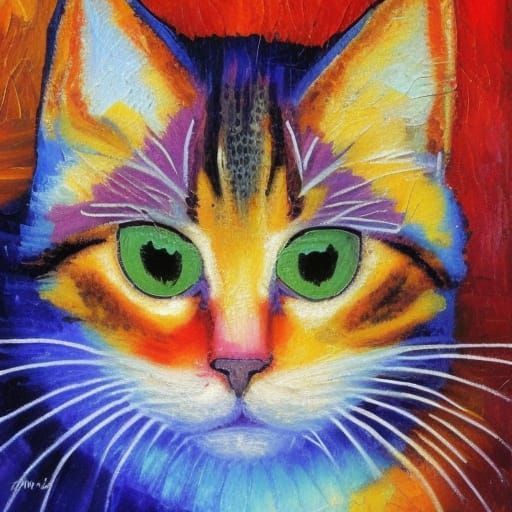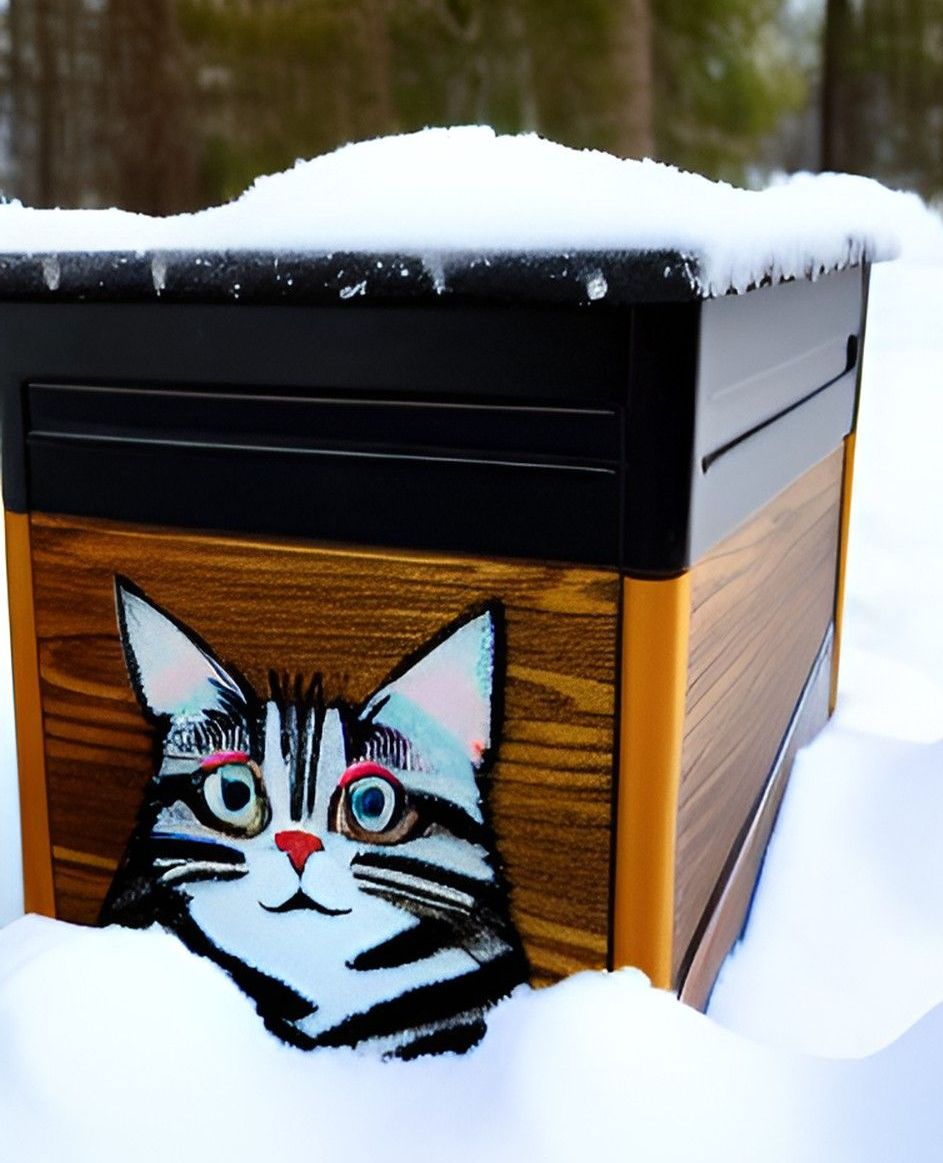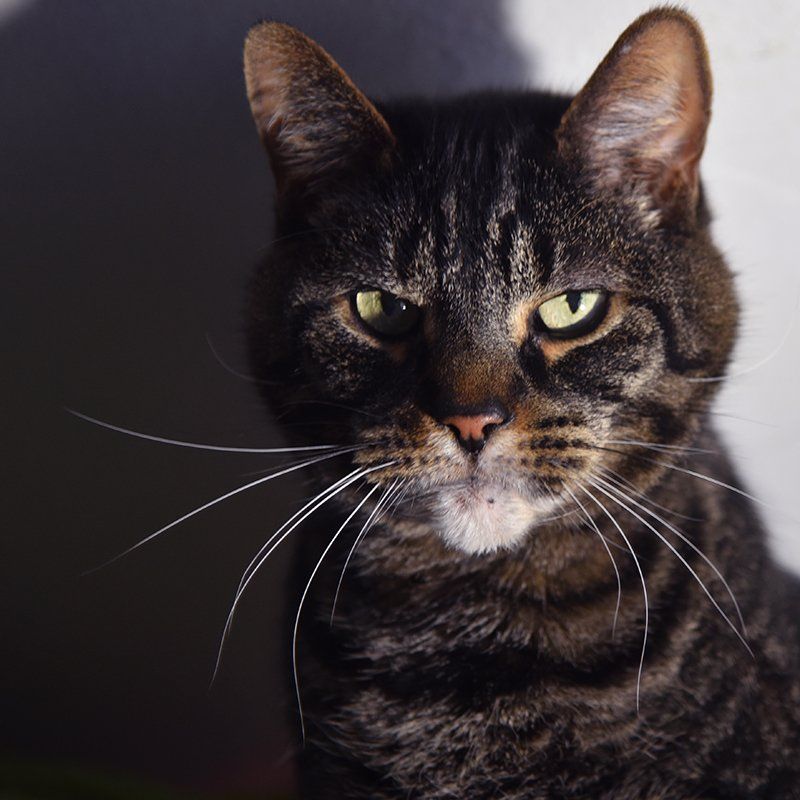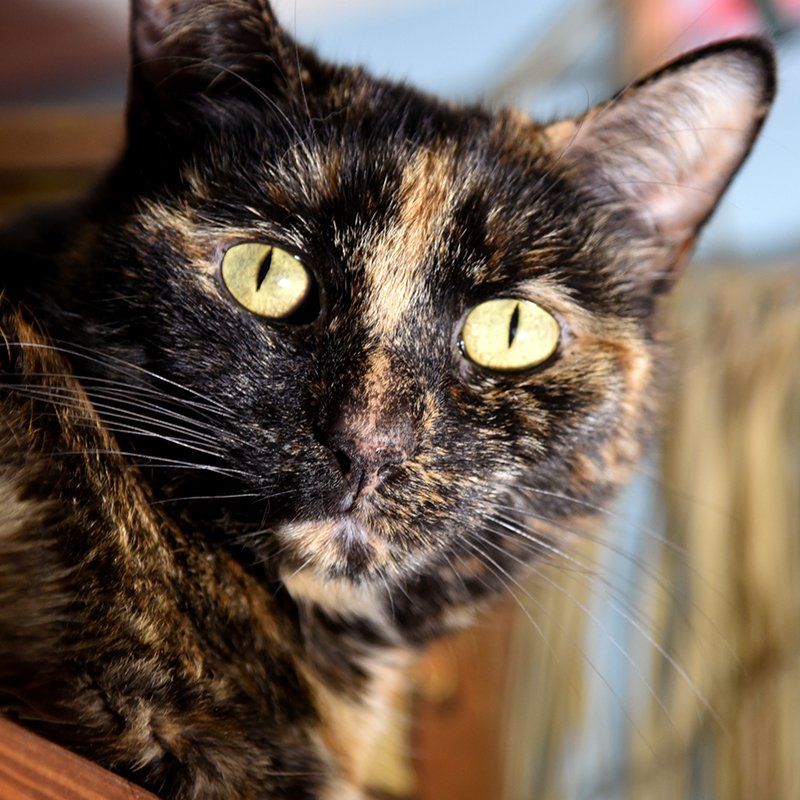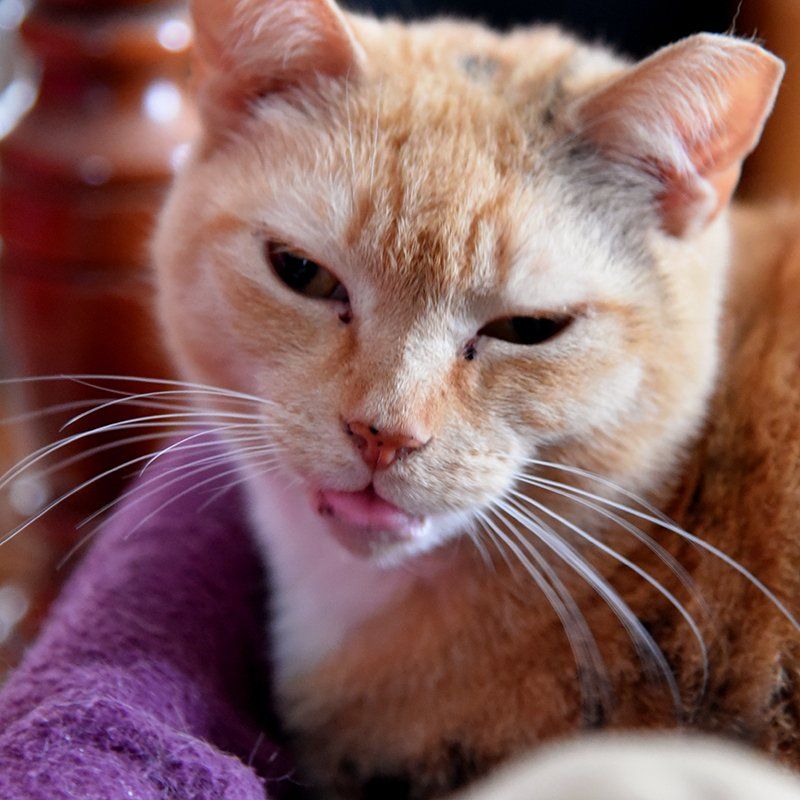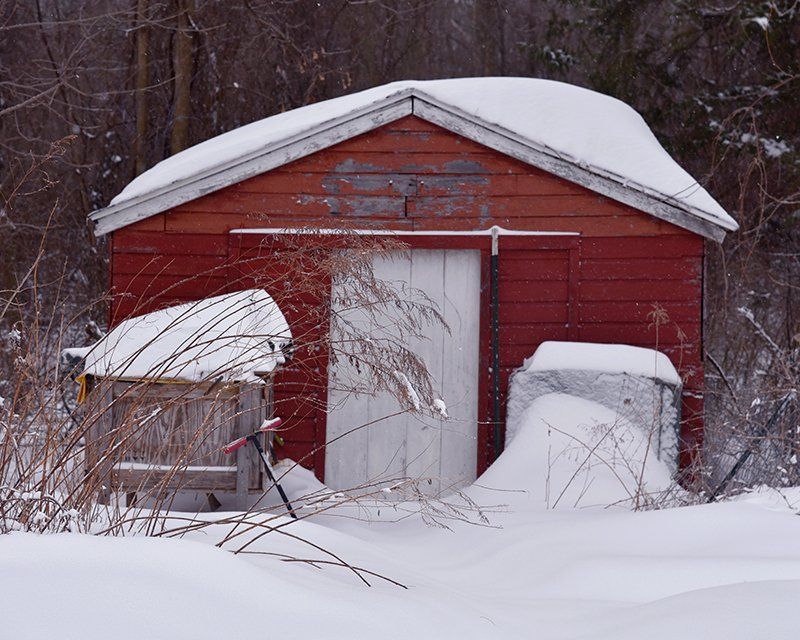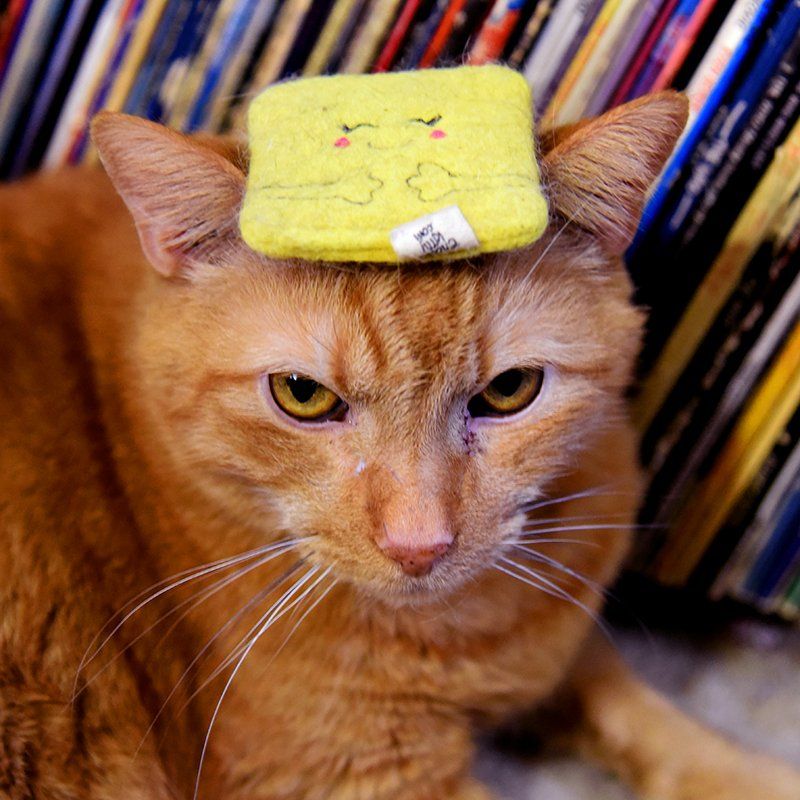Wrapping up Photography from A to Z
Do you want to become a better photographer? Then it's time for you to understand the basics. This post will cover everything from Aperture to Zoom, and we'll answer all your photography questions along the way.

Aperture is the opening inside a camera that lets light into it. A larger aperture lets more light into the camera, making a photo brighter. However, a larger aperture also means that objects in the background will be more blurry. The opposite is true for smaller apertures.
Bellows are an attachment to a camera that can extend the length of its lens. A bellows is used to take pictures at very close range or in cramped spaces, but it also limits some focal lengths and magnifications.

The camera obscura was one of the earliest forms of photography invented by a scientist named Ibn al-Haytham in the 11th century. This device has a lens (typically just a tiny hole in a wall) that casts an upside down image onto a surface opposite the hole, like the wall on the opposite side of the dark room.

Depth of Field refers to the area in front and behind an object, which is in focus. The point at which this field becomes blurry typically varies depending on your aperture setting. Larger apertures have smaller depth of field, while smaller apertures have greater depth. For landscapes you may want a large depth of field; if shooting portraits, you might prefer to have only one or two people sharp while the background is blurred out.New Paragraph

Exposure is a term used to describe to how much light a camera sensor (or film) is exposed. Exposure can be increased by either slowing the shutter speed or by using a larger aperture.New Paragraph

The unit of measure we use for aperture is the f-stop. The higher the number is, the smaller your aperture will be and vice versa. f-stops or f-numbers are calculated by taking the distance between the lens and the point of focus on the film (or sensor for digital cameras) and dividing it by the diameter of the aperture.

A term used to describe the texture of film. My precisely, it is a measure of the size of the light sensitive particles on a film. The larger the grain, the more "noisy" your image will be and vice versa. The size of these particles is determined by your ISO setting. Smaller ISO measurements produce less grain, but are also less sensitive to light

An accessory for cameras that allows you to attach a flash or other device. The reason why it's called 'hot' is because the flash device uses electricity to produce a light (a flash) that is then bounced off of something and onto your subject.

The measurement of the film's or digital camera sensor's sensitivity to light. If you have a high ISO, your photos will be more sensitive and take less time to develop; but this also means that there is an increased chance for grainier images.

The Joule is a measure of energy in the form of light. In photography, it's a measure of how much energy is emitted from an electronic flash or other device in one second.

Kelvin is a unit of temperature, and in photography it's a measure of the quality and color of light. The Kelvin scale is used to measure the color temperature of a light source, which means that it's also an indicator for how warm or cool the light will appear.

The lens is a thin transparent optical element that is used to focus light and form an image. Lenses are a key component of all camera systems, whether they're digital or analog film cameras.

In photography, the term macro photography implies that the subject is close to and fills a significant portion of the image. In general, macro photos show close-up views of a subject, such as small plants or insects.

When an image is recorded on film or photographic paper, colors are reversed, or inverted. Dark tones on the film are caused by exposure to light and lighter tones caused by lack of exposure. This is called a negative.

The opacity of a material is its ability to block light. It is the opposite of transparency. Even clear materials, like camera lenses, are not 100% transparent. Coatings on the surface of the lens can improve the ability of light to pass through a lens.New Paragraph

A pentaprism is a mirror used in photography to reflect the image from the camera's lens and route it 90° down for viewing on the back of the camera. When you look through your viewfinder, you're looking at light that has been reflected off of a Pentaprism inside your camera.

Quantum is a term in physics referring to the smallest possible amount of energy. In photography, this term is often used to refer to the level of sensitivity or resolution available on a camera sensor (e.g., "quantum dots").

Rangefinders are tools used by photographers to measure the distance between themselves and their subjects. They work by providing two images of the same scene, one with a slightly different perspective than the other. The photographer then must take note if and where any objects in either image appear to be aligned or out of alignment--provided that they are visible on both pictures as well -and use those measurements to calculate distance.

The familiar click of a camera's shutter is a sound that most photographers are intimately acquainted with. A camera’s shutter has two basic functions: controlling the light to which the film is exposed, and controlling the duration of exposure.

A telephoto is a type of lens that allows you to take close-up pictures. This effect is created because a telephoto has an extended focal length, making it seem like objects are closer than they really are.

One of the most important tools in your camera bag, a UV filter protects the lens and sensitive sensor from dust, water droplets (or rain), fingerprints, and smudges. It is affixed to the camera lens, in front of any other filters that might be present.

The viewfinder is used to frame the image you wish to capture. It is a device that helps you compose photographs by looking through a window that shows the image as it will be captured.
A camera’s viewfinder displays the scene by routing light from an eyepiece in front of its body to a small screen or window at the back (or top) of the camera where you see what will be recorded.

The opposite of a telephoto lens, a wide-angle lens captures an expansive landscape or vast interior in one shot. The fish-eye lens is an extreme wide-angle lens that produces even more dramatic distortion.

X-rays are a kind of electromagnetic radiation like visible light, but with shorter wavelengths and higher energy. X-rays can penetrate materials that are opaque to visible light, such as clothing, paper or wood. Despite being invisible to the human eye, they can be captured on film.

Old photo prints, especially those made in an old-school dark room, may turn yellow over time. This is called 'yellowing' and is often the result of improper rinsing after the photographic paper is developed.

Zoom is a term in photography that refers to the act of changing lens focal length in order to 'zoom' into a subject. A lens with the capability of zooming is called a zoom lens.

